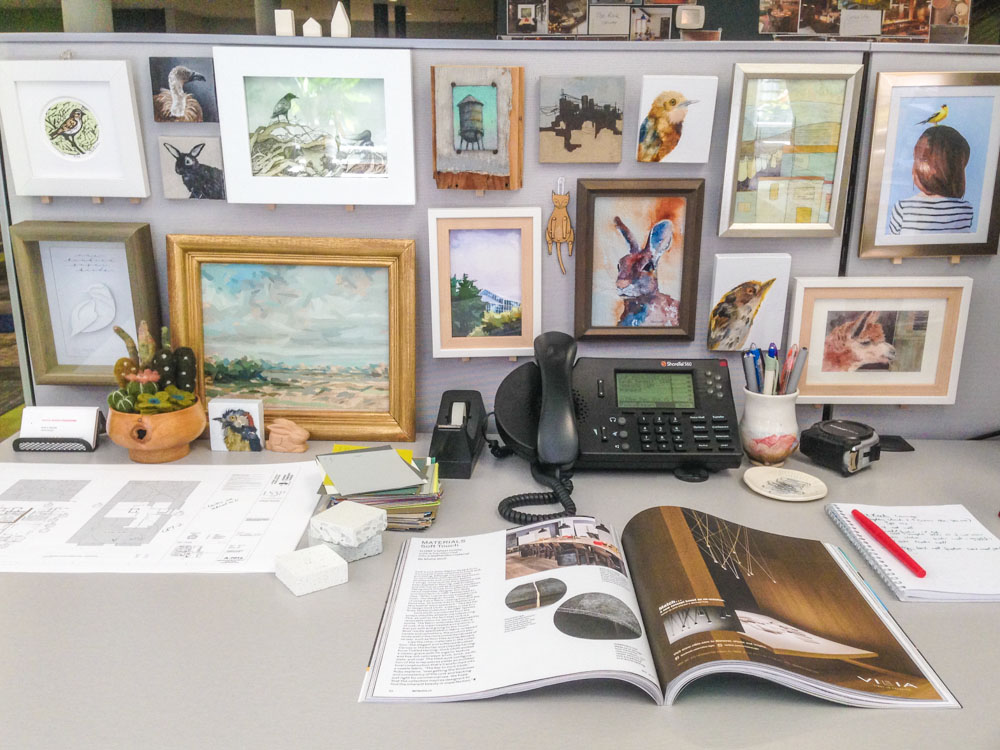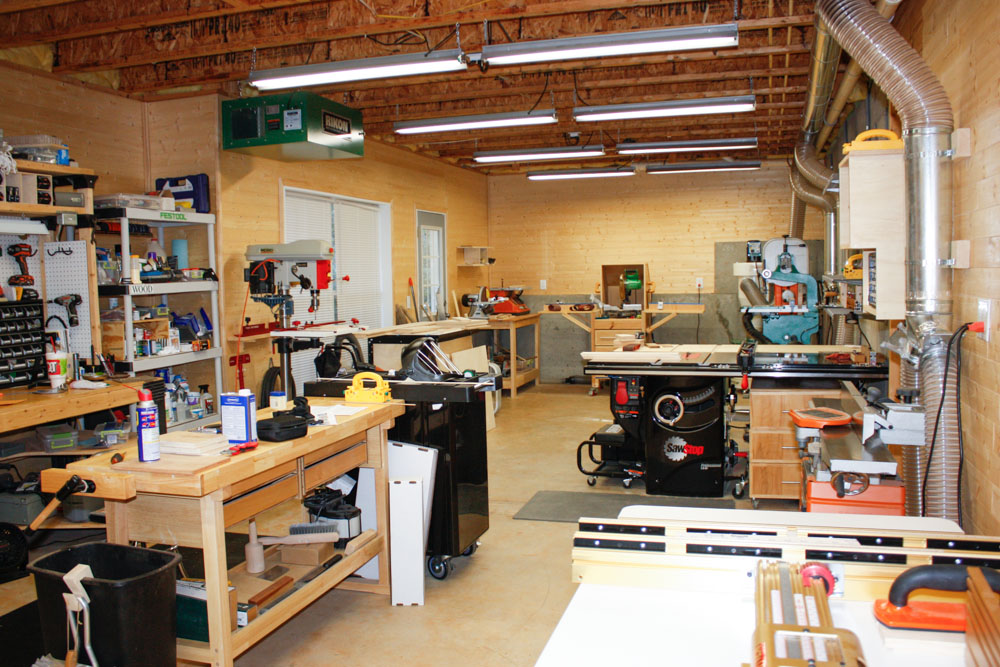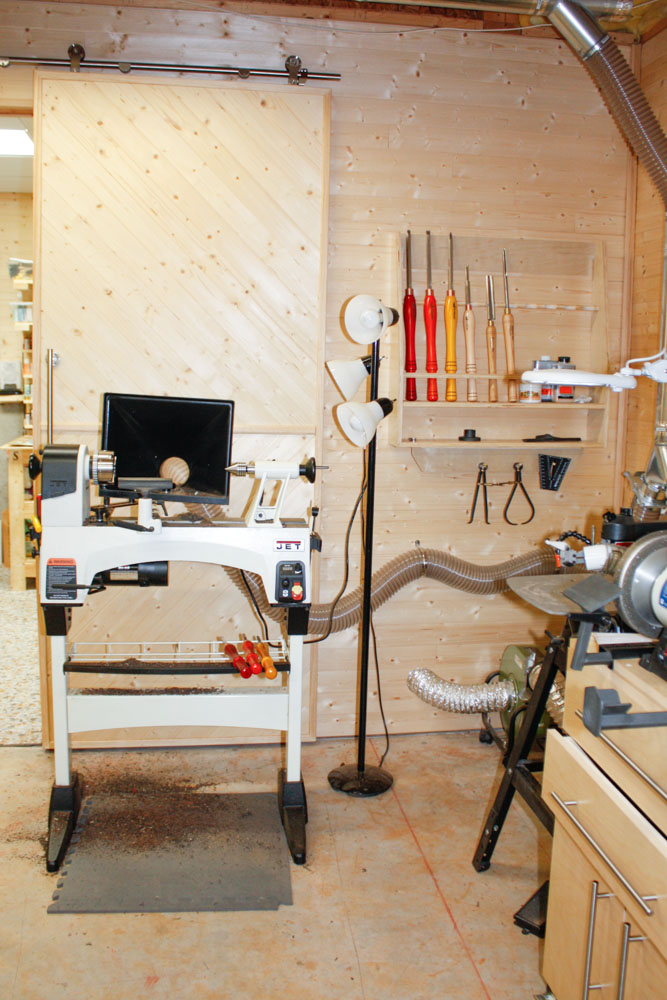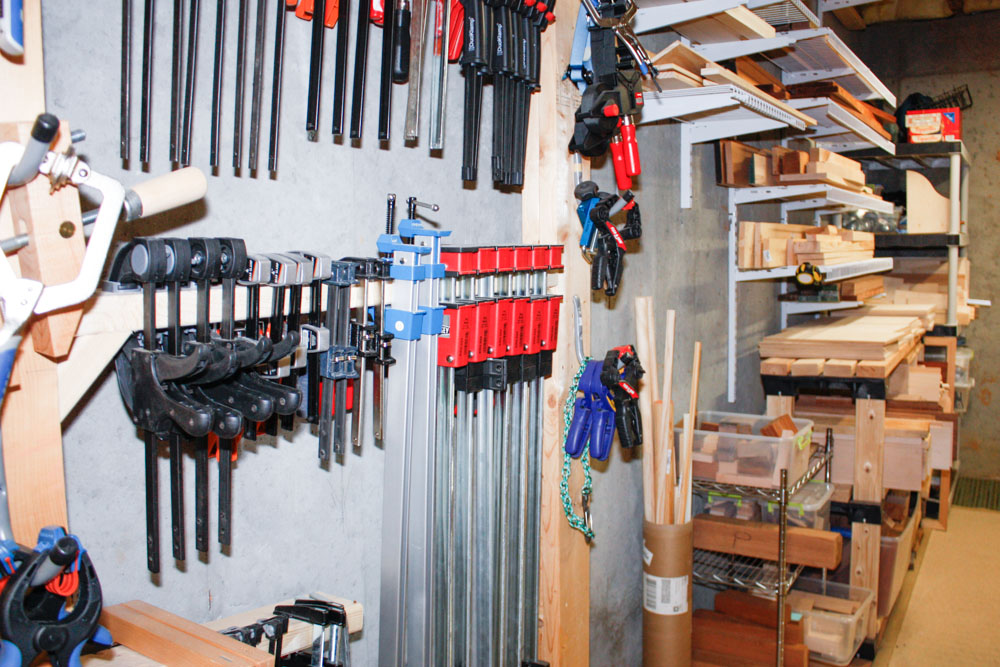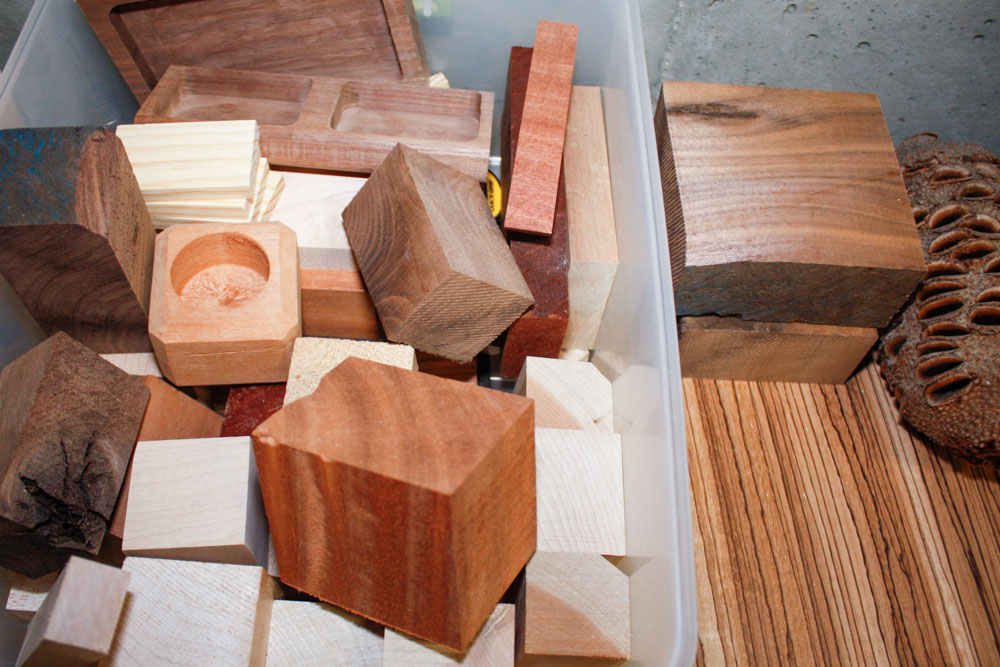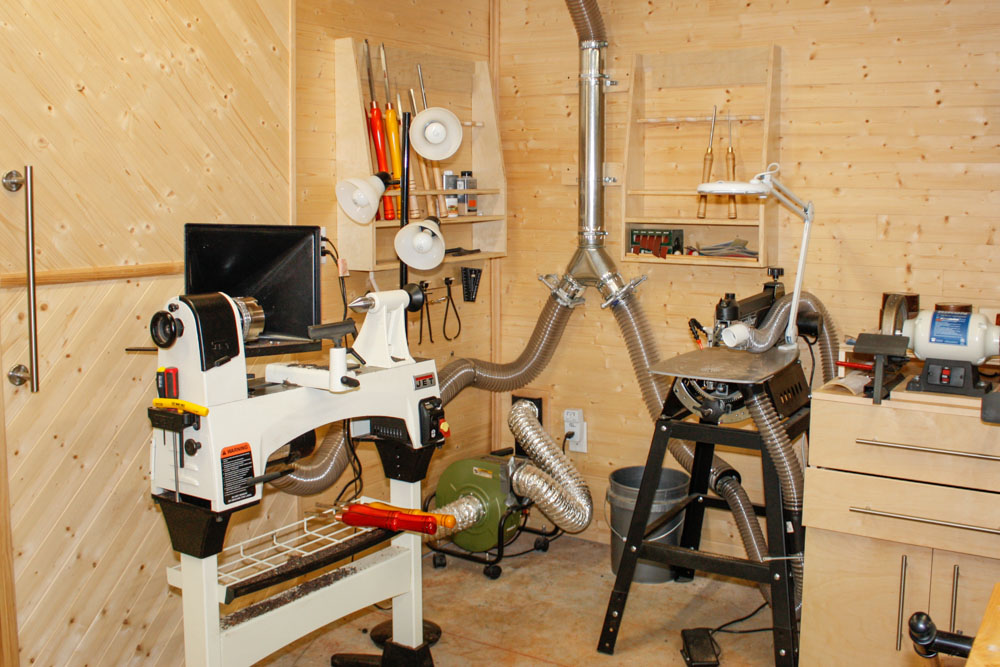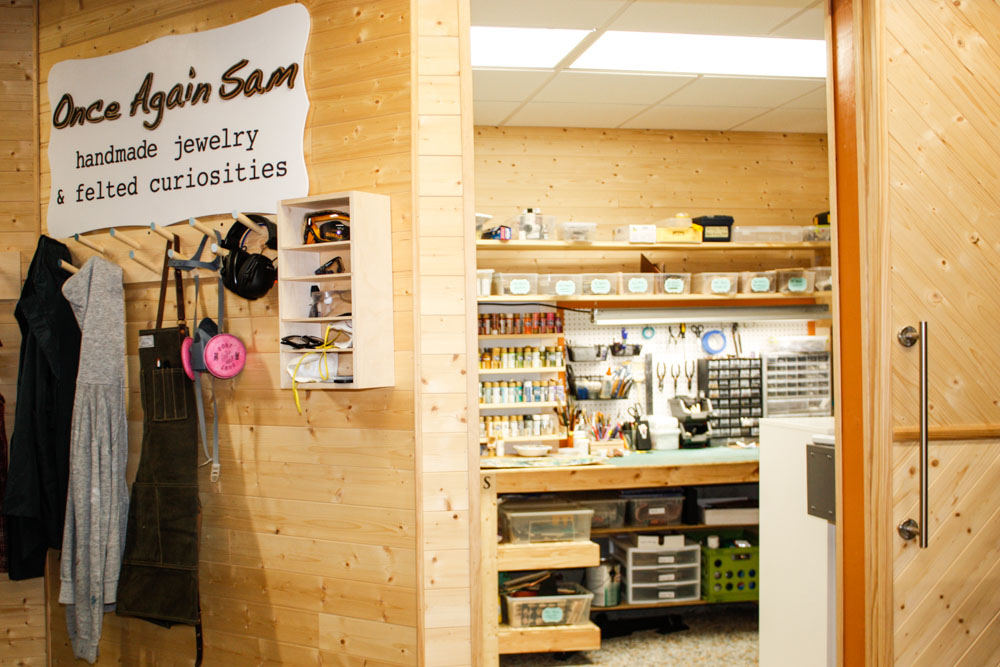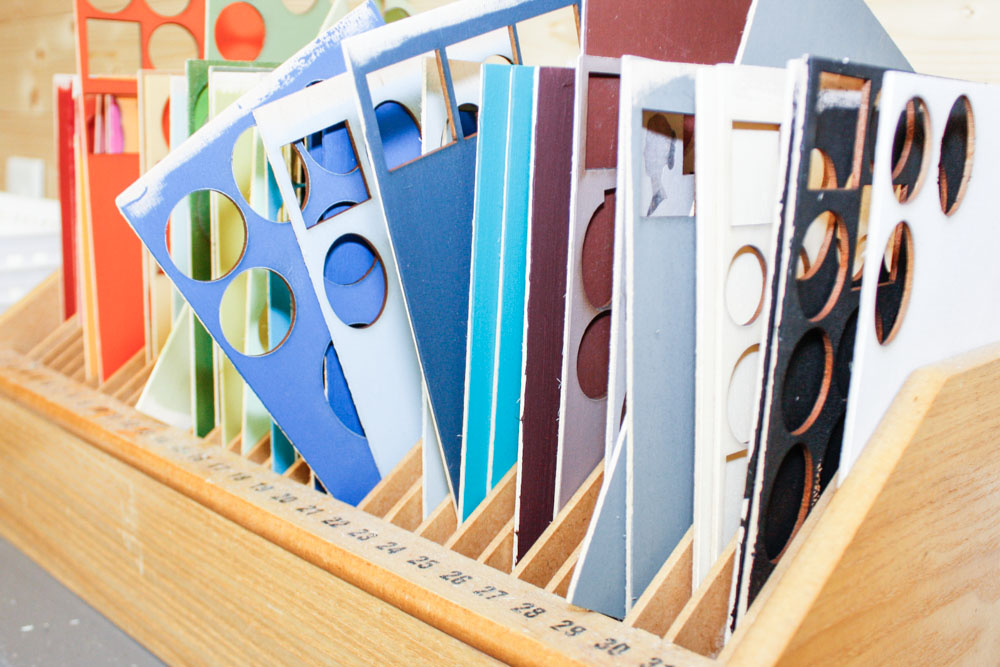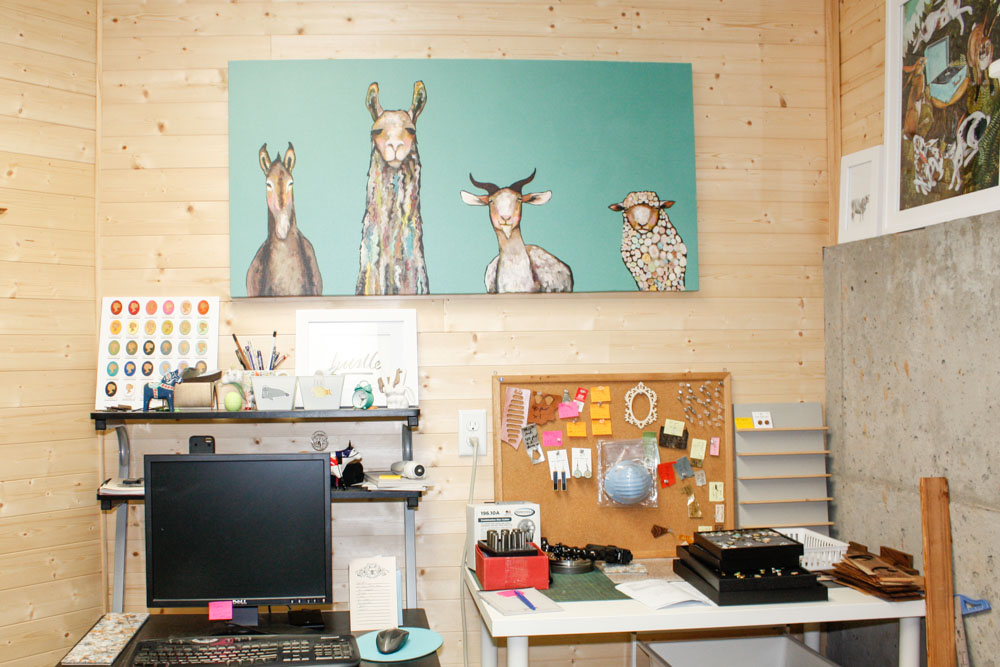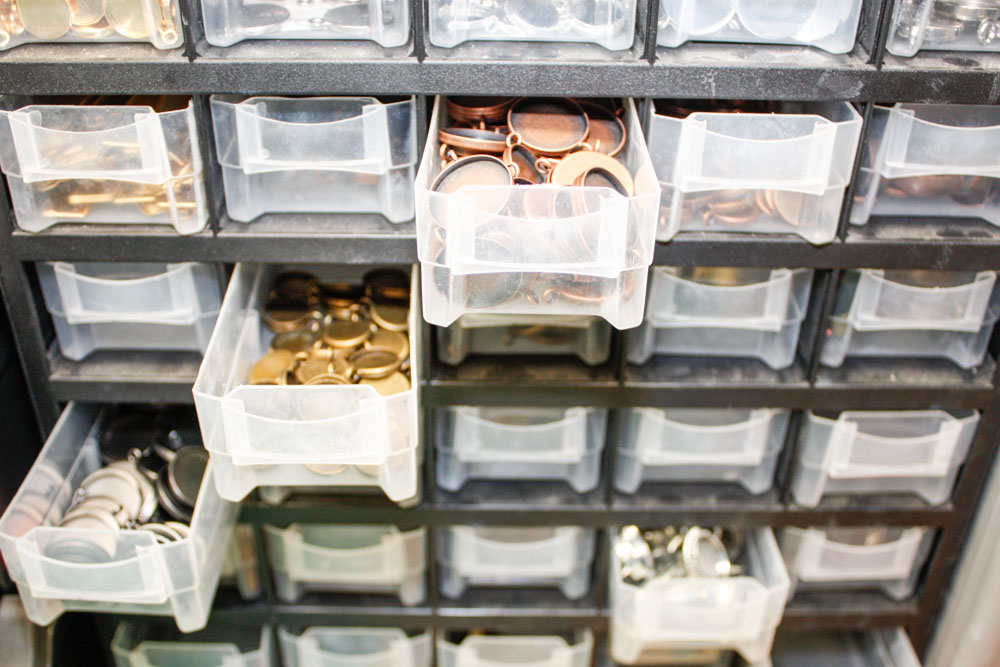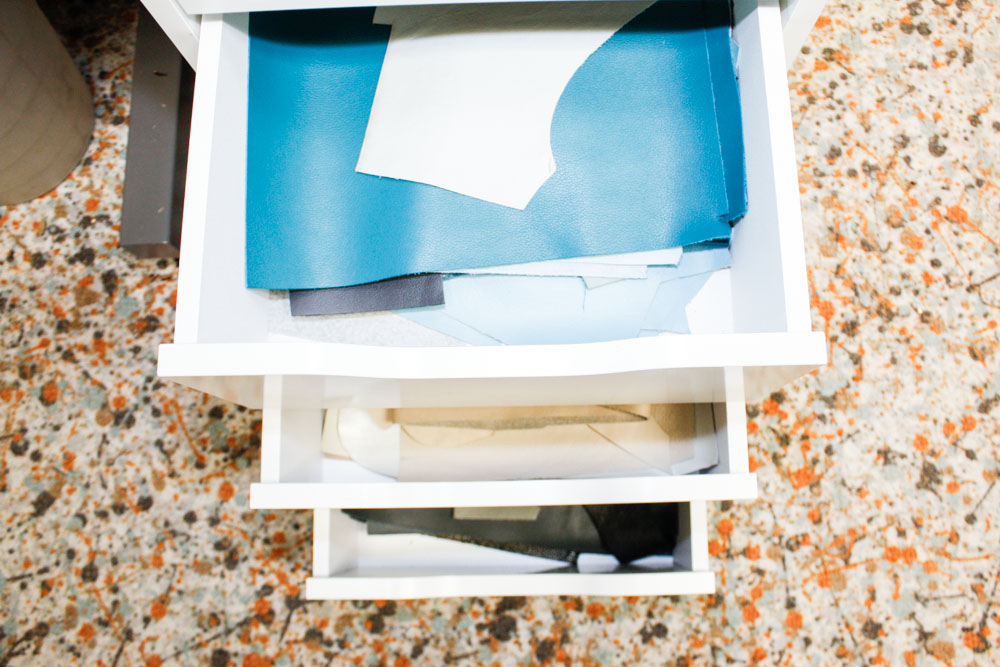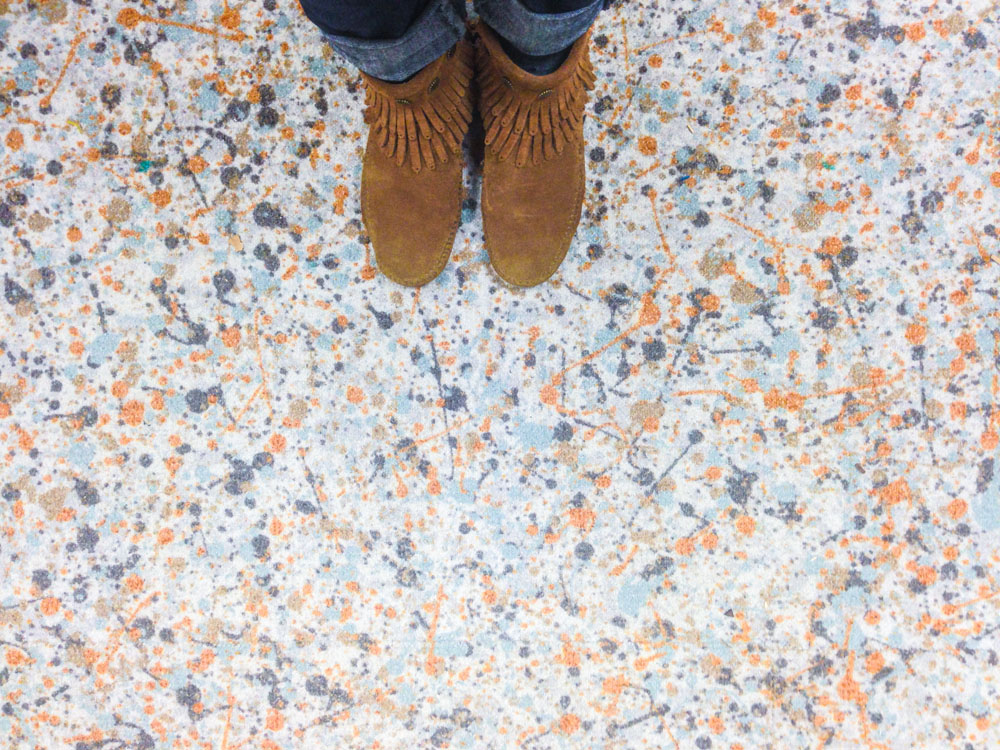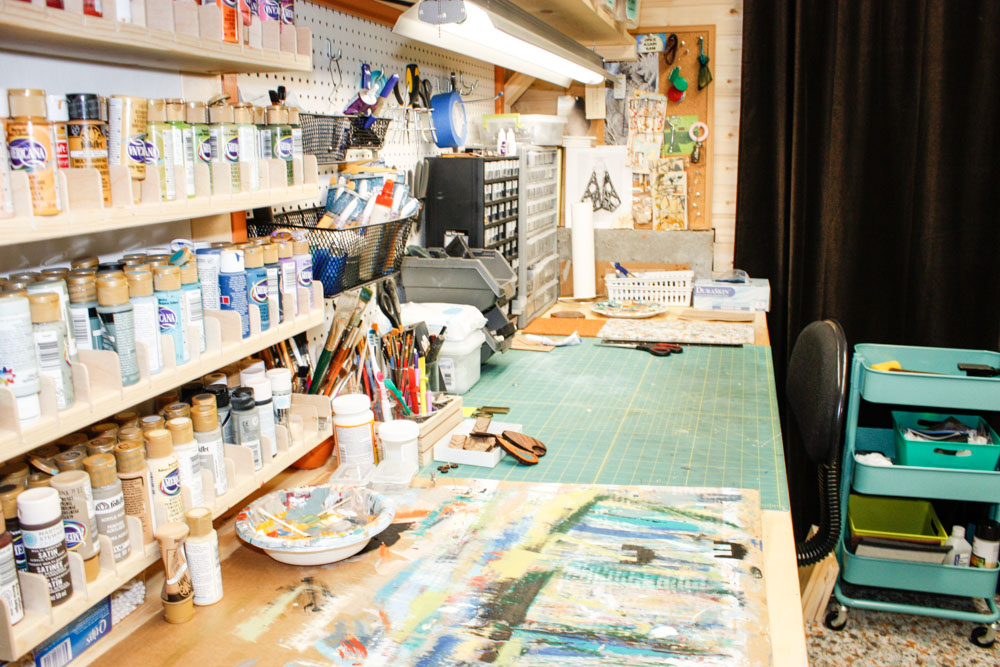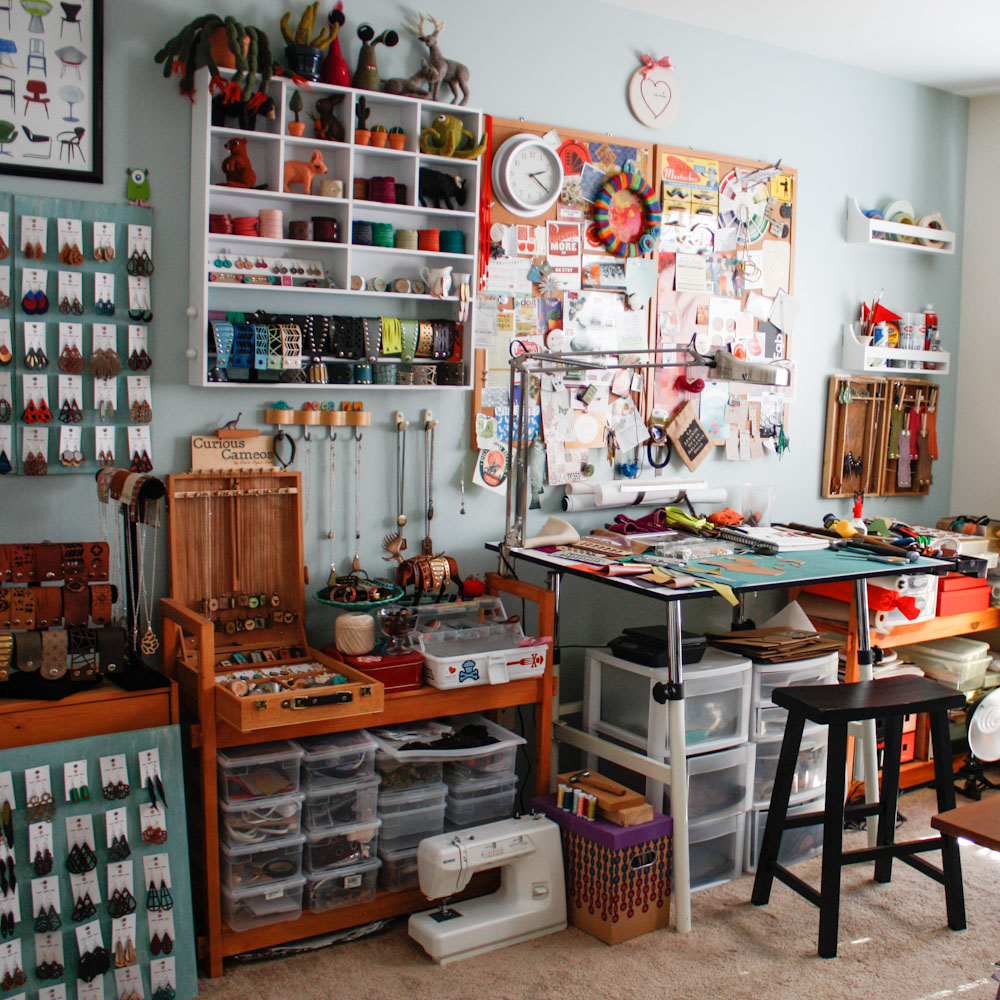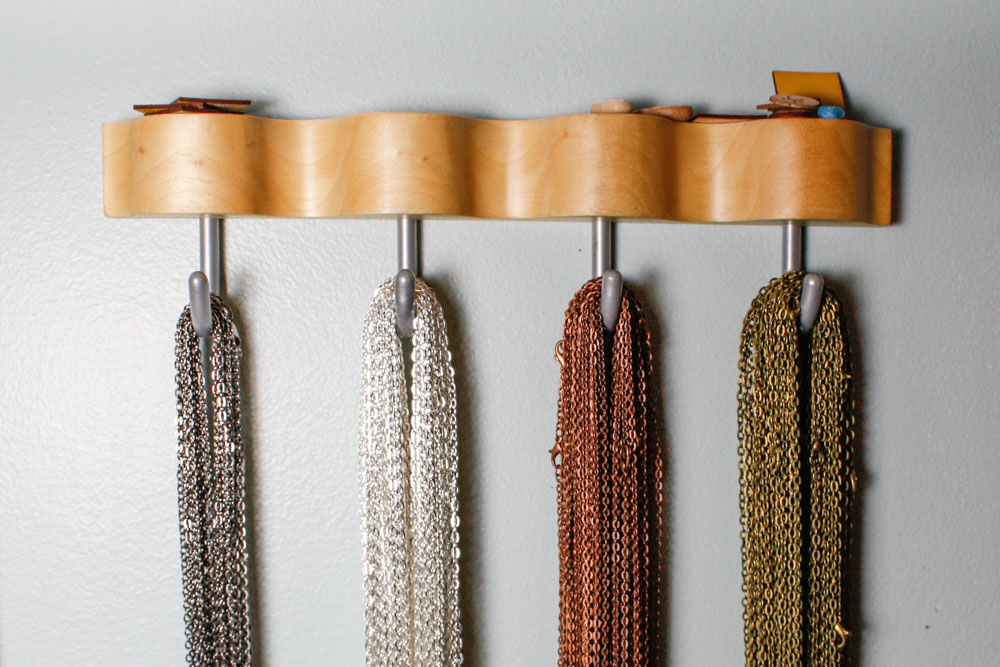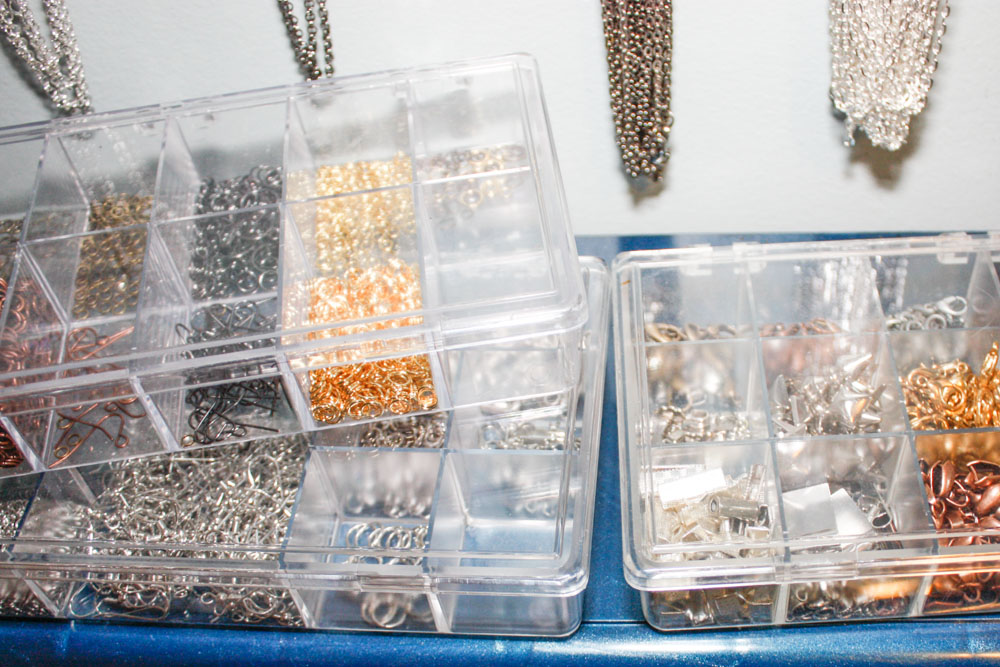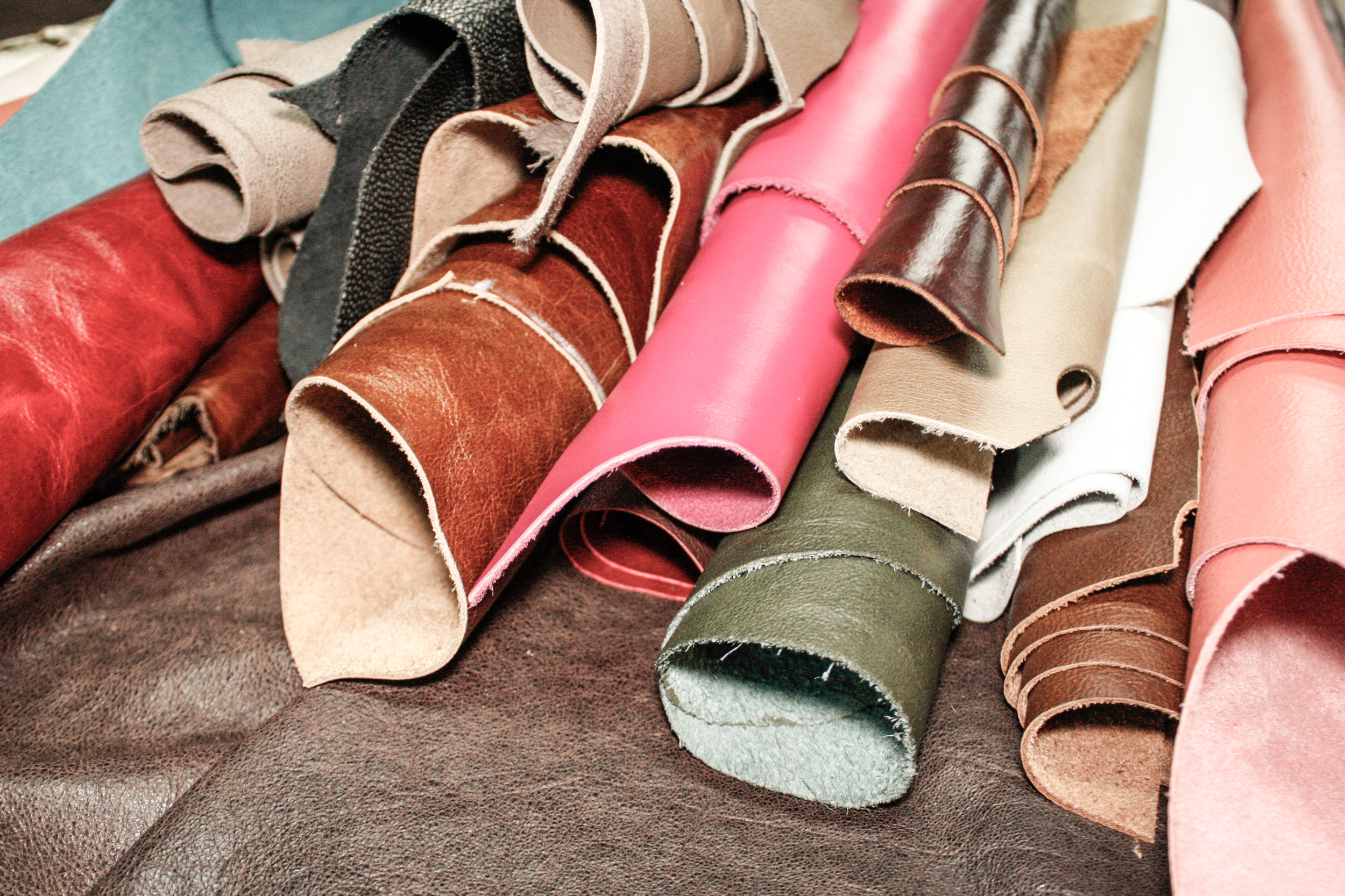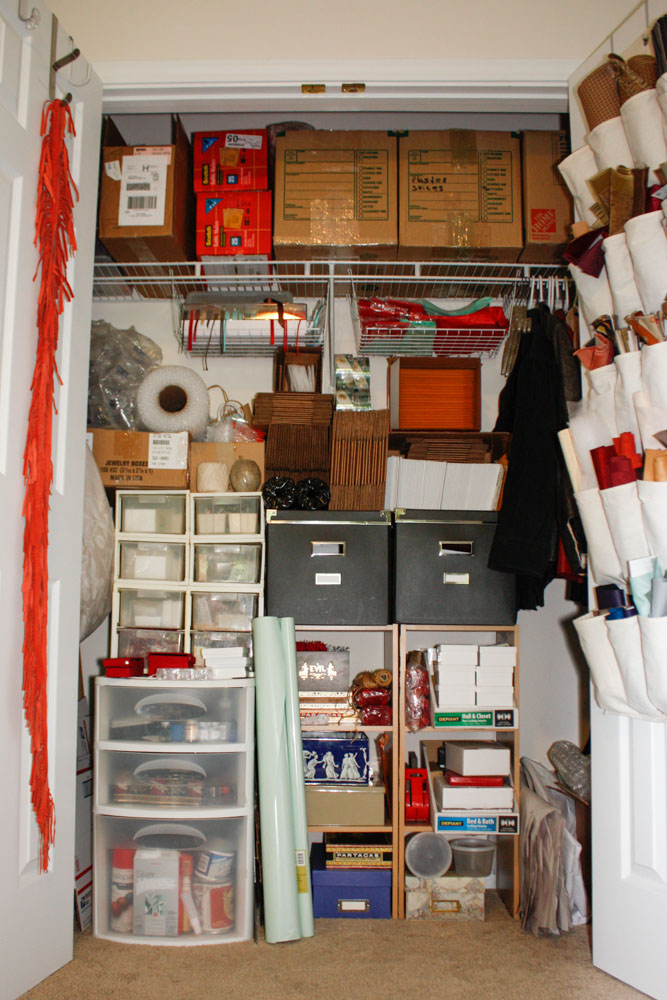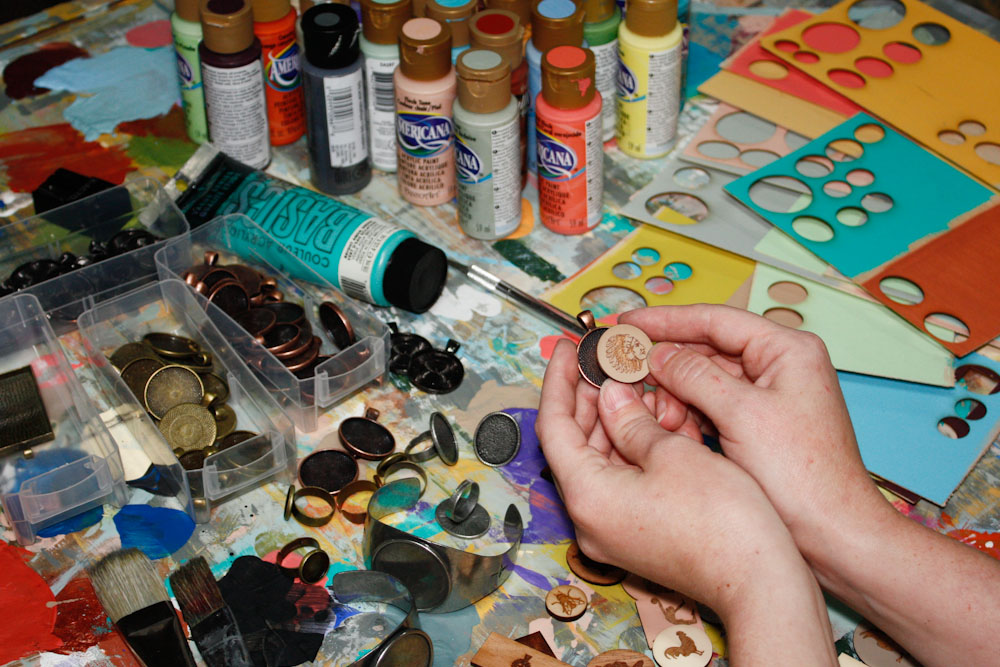Collecting Art
Vase: April Schwingle, Woven Pine Needle Basket: Clay Burnette, Bird paintings: Diane Kilgore, Landscape Painting: Annie Koelle
When I try to picture an art collector in my mind, I see a wealthy foreigner and his severe-looking wife strolling into a highly intimidating art gallery wearing their finest furs. They gesture towards a huge abstract painting and say “I must have dis”, then they wire the 80K from their elite offshore bank account.
I don’t know where that visual came from, if it was in some bad movie, or just floating around in my brain with other ridiculous caricature stereotypes I don’t actually believe (but keep around for my own amusement).
Felted Bunny Heads: Sarah Mandell ;-) , Assemblage: Jon Andrews, Landscape Paintings: Annie Koelle
The truth is, many of us, in one way or another, are art collectors. We may not describe ourselves as such, but if you peek into our homes, you’ll get all the proof you need. Anyone can be an art collector, regardless of what it is they favor, and you don’t have to be filthy rich, follow trends, or do it all in one weekend. When it comes to collecting art, there really aren’t any rules, other than buy what you love / what’s beautiful in your eyes / what makes you feel something.
Bird Block Print: Kent Ambler, White Paper Bird: Cara Harris, Landscape Painting: Annie Koelle, Felted Cactus (by me) in Wood Turned Bowl (by Matt Tindal), Mini Buzzard Painting: Canvas Dove, Mini Bunny Painting: Once Upon a Time Co., Illustration prints: Elizabeth Mayvile, Water Tower Mixed Media: Paul Flint, Paper Cat: Jordan Grace Owens, Rabbit Portrait Watercolor: Rachelle Elevingston, Bird Paintings: Diane Kilgore, Abstract City Scape Painting: Jersey's Freshest.
Art is important to me, and I want to be surrounded by it always. I first got the bug when my husband and I married in 2005, and we needed something to personalize the renter’s-white walls in our apartment. However, we didn’t have 80K sitting around in our elite offshore bank account to invest in original paintings, so we found some affordable reproductions and prints, and they made our living space “ours”.
Clay Rabbit Mask: F. Gleason, Assemblage: Jon Andrews, Hanging Terrarium: Amazon.com, Reclaimed Boards: Asheville Hardware
Since then, we’ve found ways to buy original art (guess what, we still don’t have an 80K art budget), and have invested in many pieces we love that range from woodblock prints, to assemblages, paintings, ceramic arts, and much more. Buying smaller pieces and displaying them as collections has worked well for us, because we can always add or rearrange. Buying small because of budget reasons has actually changed my taste in art. I prefer smaller pieces right now, I gravitate towards something I can hold in my hands, and find connection with on a more personal tactile level.
Block Loom: Mary Hamby, Section of Original Wood Block: Kent Ambler, Clay Houses: Crave Studio
Everyone is different, and that's what makes collecting art so fascinating. While I may prefer groupings of smaller works for my own home, I still find a single large room-dominating piece to be just as pleasing elsewhere. As we all know, art is a very subjective subject, but that makes it all the more interesting!
Bee Block Print: Sunny Mullarkey Studio, Bird Print: Sharon Lorenz, Ceramic Bird; West Elm, Carved Pottery Vase: Unknown
When starting your own collection on a budget, here’s some things to keep in mind:
Shop local: support artists in your town (student work too!) by visiting craft shows or gallery openings. Most of us probably can’t afford the work of a world famous or historically significant artist, but honestly, there’s incredible work available in your very own zip code, and at a fraction of the price.
Buy small: you CAN afford original art if it’s what your heart (and wallspace) desires. Look for smaller scale work that fits your budget, and build a multi-piece collection a little at a time. Things can get pretty cool after a few years of buying smaller work and creating interesting groupings, and it’s easier on the bank account doing it one piece at a time.
Mini Bird Paintings: Diane Kilgore
There’s nothing wrong with prints: I’m still a huge fan of prints, and this is by far the easiest way to bring artist’s work into your home. There are tons of amazing prints for less than $100.
It takes time: time to save up, time to figure out what you like, time to find that certain piece you can’t bare to leave behind.
I really enjoy curating my own collection, and rearranging what I already own. It’s truly a eureka moment when you find two pieces that don’t have much in common actually work well together!
Rabbit Print: Cory Godbey, Crowd of People Print: Janina Ellis, Mountains Print: Sara Gibson
Here’s some quick tips for curating your very own collection:
Group pieces by color, even if the subject matter is unrelated. Or...group by subject matter or style, even if the colors are unrelated. You’d be surprised by what “goes” together!
A focal point doesn’t have to be right smack in the middle. Experiment with layouts that are asymmetrical but balanced.
Matching frames can help tie in assorted pieces so they feel more connected, but mixing in a wide variety of different frames can add interest too. A unified collection is just as cool as an eclectic collection.
Before you start putting holes in your wall, make a quick to-scale sketch on graph paper, and plan where each piece might hang, then adjust as needed. Keep in mind room for growth.
It’s YOUR collection, so buy what you love, display it how you want, and enjoy the hell out of it! When you step back and look at your walls, and it makes you feel happy, or excited about what your next piece might be, then you’ve succeeded as a collector.


